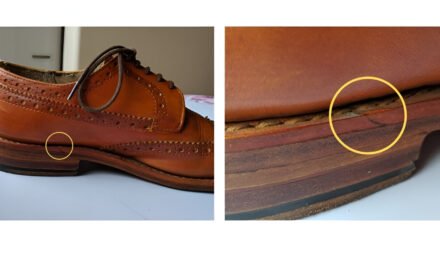The main types of leather processing methods involve various stages that transform raw hides or skins into finished leather. These methods differ based on the desired properties and uses of the leather. Below are the primary types of leather processing methods:
1. Vegetable Tanning
- Process: Uses natural tannins found in plant sources like tree bark, leaves, or fruits. The hides are soaked in tannin-rich solutions.
- Characteristics:
- Environmentally friendly and biodegradable.
- Produces durable and firm leather.
- Ages well and develops a unique patina over time.
- Applications: Saddles, belts, bags, shoes, and high-quality leather goods.
2. Chrome Tanning
- Process: Uses chromium sulfate salts to tan the leather. This method is faster compared to vegetable tanning.
- Characteristics:
- Produces softer, more pliable leather.
- More resistant to water and heat.
- Faster processing time (a few days).
- Applications: Footwear, upholstery, garments, and automotive interiors.
3. Aldehyde Tanning (White Tanning)
- Process: Uses synthetic tanning agents like glutaraldehyde or formaldehyde.
- Characteristics:
- Produces very soft, white, and washable leather.
- Free of chromium.
- Common in “wet white” leather.
- Applications: Baby shoes, gloves, and medical leathers.
4. Brain Tanning
- Process: A traditional, natural method where animal brains are used to tan hides.
- Characteristics:
- Produces very soft and supple leather.
- Eco-friendly but labor-intensive.
- No chemicals involved.
- Applications: Historically used for clothing and outdoor gear by indigenous communities.
5. Synthetic Tanning
- Process: Uses synthetic tanning agents (syntans) that are petroleum-derived.
- Characteristics:
- Often used in combination with other tanning methods.
- Produces leather with consistent properties.
- May offer improved resistance and finishes.
- Applications: Garments, upholstery, and combined tanning methods.
6. Combination Tanning
- Process: Combines two or more tanning methods (e.g., chrome tanning followed by vegetable tanning).
- Characteristics:
- Offers the benefits of both tanning types.
- Produces versatile and durable leather.
- Applications: Heavy-duty goods like boots, furniture, and saddlery.
7. Alum Tanning
- Process: Uses aluminum salts (alum) and salts like sodium chloride.
- Characteristics:
- Produces soft, white leather.
- Often used as a temporary tanning method.
- Applications: Bookbinding, gloves, and lighter leather goods.







